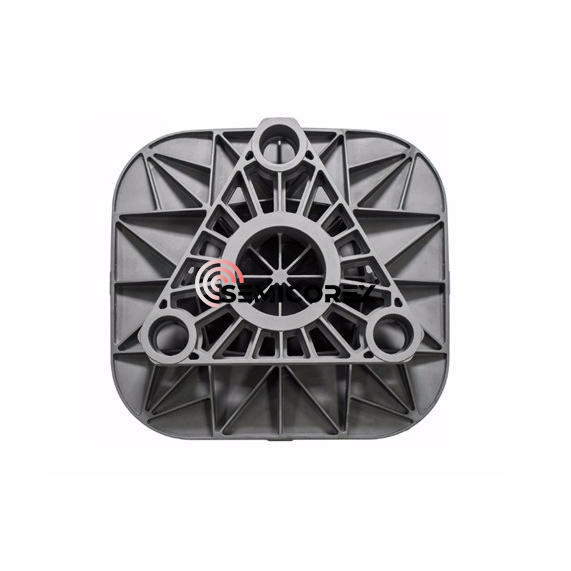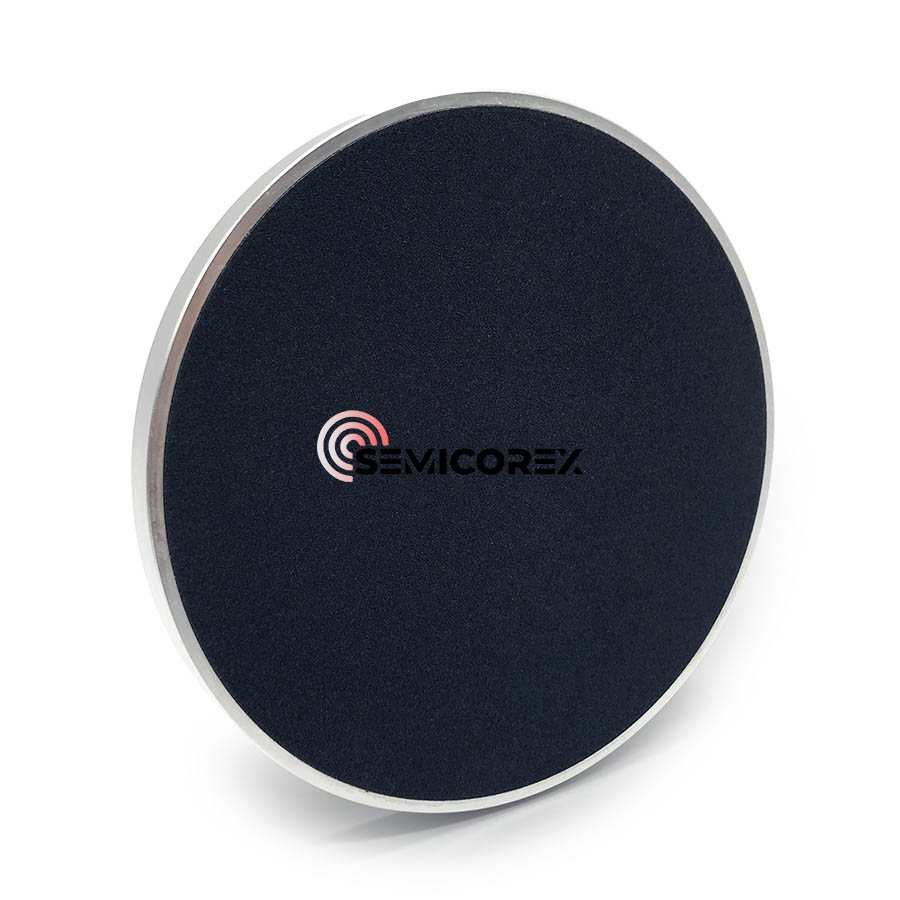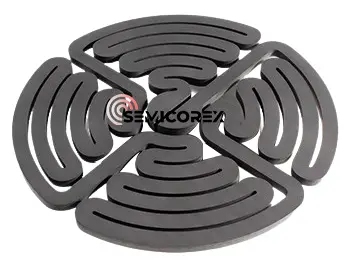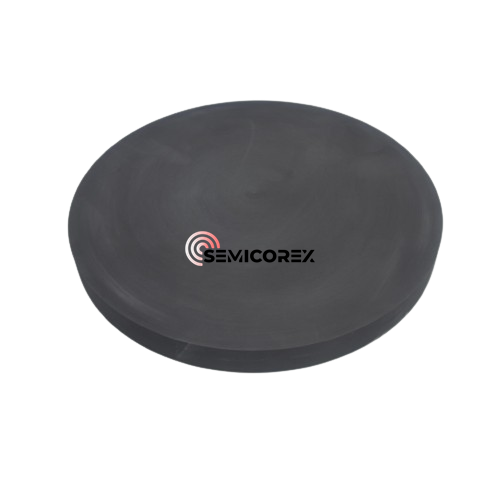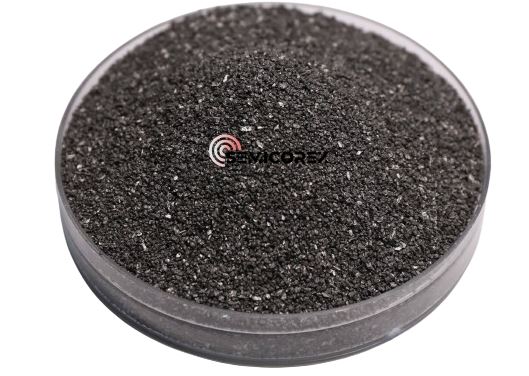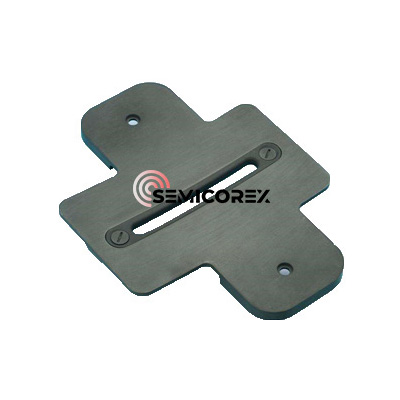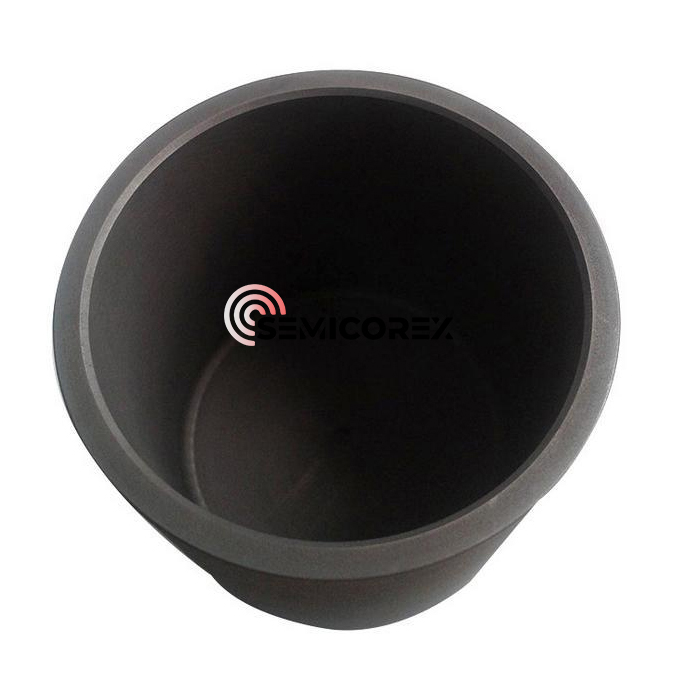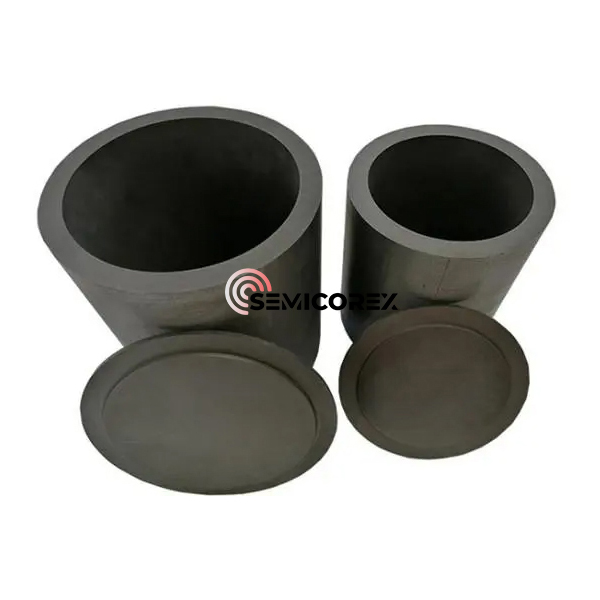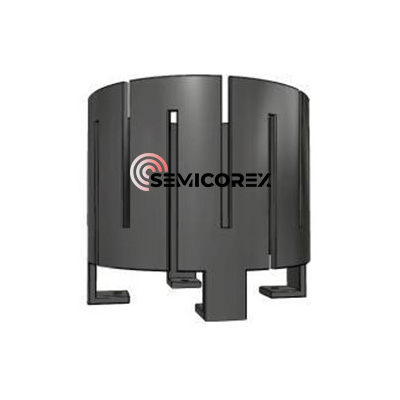
- English
- Español
- Português
- русский
- Français
- 日本語
- Deutsch
- tiếng Việt
- Italiano
- Nederlands
- ภาษาไทย
- Polski
- 한국어
- Svenska
- magyar
- Malay
- বাংলা ভাষার
- Dansk
- Suomi
- हिन्दी
- Pilipino
- Türkçe
- Gaeilge
- العربية
- Indonesia
- Norsk
- تمل
- český
- ελληνικά
- український
- Javanese
- فارسی
- தமிழ்
- తెలుగు
- नेपाली
- Burmese
- български
- ລາວ
- Latine
- Қазақша
- Euskal
- Azərbaycan
- Slovenský jazyk
- Македонски
- Lietuvos
- Eesti Keel
- Română
- Slovenski
- मराठी
- Srpski језик
Trung Quốc Graphite đẳng hướng Nhà sản xuất, Nhà cung cấp, Nhà máy
Carbon/graphite material molding essentially involves increasing the density of the powder mixture and ensuring close contact between the aggregate and binder to produce a green body with a desired size, morphology, and minimal machining allowance. The four main molding methods are extrusion, compression molding, vibration molding, and isostatic pressing. Common carbon/graphite materials on the market (for example, charcoal used for household fires) are mostly formed using hot extrusion and compression molding (cold or hot). Isostatic pressing offers superior molding performance.
The principle of isostatic pressing is based on Pascal's law: pressure applied to a medium (liquid or gas) in a sealed container is uniformly distributed in all directions, with the pressure on the surface being proportional to the surface area. Isostatic pressing involves placing a sample, enclosed in a sealed container, within a high-pressure cylinder. Leveraging the incompressible nature of the liquid medium and its ability to uniformly transmit pressure, the sample is uniformly pressed from all directions. When the fluid is injected into the cylinder, the pressure is evenly transmitted in all directions according to the principles of fluid mechanics. The sample in the cylinder is then subjected to uniform pressure in all directions.
Due to the isostatic pressing method, isostatically pressed graphite exhibits excellent isotropy, with properties independent of shape, size, or sampling direction. The material possesses a dense microstructure, high mechanical strength, high surface hardness, and oxidation resistance. Strong performance and high-temperature resistance; the material has excellent thermal shock resistance and is less susceptible to cracking under rapid cooling and heating conditions.
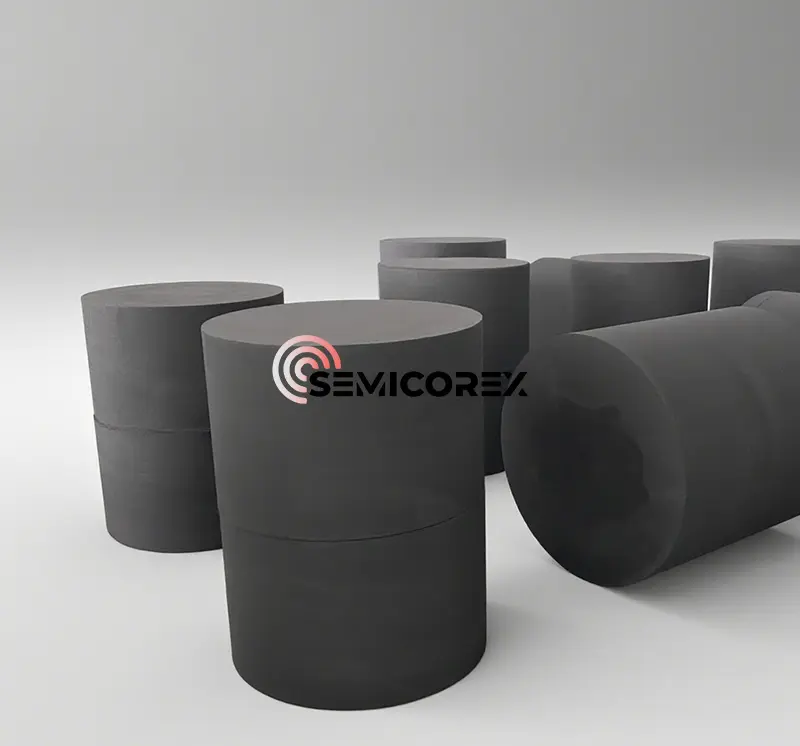
1. Isotropy
Different molding methods result in different properties in different directions. This is primarily reflected in resistivity, thermal conductivity, mechanical properties, and thermal expansion coefficient. The general measurement method is to sample the product perpendicular to and horizontally from the pressure surface, measure the properties separately, and then divide the smallest value by the largest value to obtain the isotropy ratio.
Traditional carbon/graphite products exhibit significant anisotropy, i.e., the properties of the product are different in the directions perpendicular to and horizontal to the pressure surface. The corresponding difference in performance is generally greater than 1:1.1, hence the term anisotropy. In many cases, this difference is fully exploited, and the greater the difference, the better. Examples include graphite electrodes for steelmaking and brushes for motors. Many applications, such as EDM and single-crystal silicon thermal field applications, increasingly require carbon/graphite products to exhibit isotropy (with an orientation ratio within the 1:1.05 range).
2. Large Dimensions
The market is increasingly demanding larger product sizes. For example, single-crystal silicon products have grown from 6- and 8-inch sizes to 12-inch sizes. The size of graphite materials used in thermal fields is also increasing. This is also increasing. Similar trends are seen in other related industries. Graphite for EDM, continuous casting, and nuclear reactors also requires large-scale products. This is difficult to achieve using molding and extrusion methods. The primary problem with large-scale product production is calcination cracking, and the larger the product, the higher the chance of calcination cracking.
3. Fine Structure
As a structural material, it requires high physical and chemical properties. On the one hand, the finer the particle size of the carbon particles that make up the carbon/graphite material, the denser its texture and the higher its mechanical strength.
Isostatically pressed graphite is widely used in semiconductor manufacturing processes. It is used in graphite components for the hot zone of single crystal growth furnaces, such as crucibles, heaters, flow guides, and insulation covers; and in graphite components used in epitaxial processes.
- View as
Bộ phận than chì
Các bộ phận than chì đẳng tĩnh Semicorex chủ yếu được sử dụng cho nồi nấu kim loại trong quá trình phát triển tinh thể, than chì có độ tinh khiết cao vòng ba cánh hoa và các ứng dụng phủ TaC. Semicorex cam kết cung cấp các sản phẩm chất lượng với giá cả cạnh tranh, chúng tôi mong muốn trở thành đối tác lâu dài của bạn tại Trung Quốc*.
Đọc thêmGửi yêu cầuBột carbon có độ tinh khiết cao
Bột cacbon có độ tinh khiết cao Semicorex đóng vai trò là tiền chất quan trọng trong quá trình tổng hợp bột cacbua silic (SiC) có độ tinh khiết cao và các vật liệu cacbua trạng thái rắn khác. Nó đảm bảo độ tinh khiết và chất lượng cần thiết cho các ứng dụng tiên tiến trong ngành công nghiệp bán dẫn, điện tử và gốm sứ. Tại Semicorex, chúng tôi chuyên sản xuất và cung cấp Bột Carbon có độ tinh khiết cao, hiệu suất cao, kết hợp chất lượng với hiệu quả chi phí.**
Đọc thêmGửi yêu cầuBộ phận cấy ion
Các bộ phận cấy ghép ion Semicorex được làm từ các thành phần than chì có độ tinh khiết cao được thiết kế để đáp ứng các nhu cầu khắt khe của sản xuất chất bán dẫn, đặc biệt để sử dụng trong thiết bị cấy ion. Các thành phần này có một số ưu điểm quan trọng khiến chúng trở nên lý tưởng cho các ứng dụng hiệu suất cao. Chúng tôi tại Semicorex chuyên sản xuất và cung cấp các Bộ phận cấy ion hiệu suất cao kết hợp chất lượng với hiệu quả chi phí.
Đọc thêmGửi yêu cầuNồi nấu kim loại cho sự tăng trưởng tinh thể
Nồi nấu kim loại Semicorex để tăng trưởng tinh thể là không thể thiếu trong việc đạt được sự tăng trưởng đơn tinh thể có kiểm soát, nền tảng cho sản xuất thiết bị bán dẫn. Những nồi nấu này được thiết kế tỉ mỉ để đáp ứng các tiêu chuẩn khắt khe của ngành bán dẫn, đảm bảo hiệu suất và hiệu suất cao nhất trên tất cả các ứng dụng. Tại Semicorex, chúng tôi chuyên sản xuất và cung cấp Nồi nấu kim loại để tăng trưởng tinh thể hiệu suất cao, kết hợp chất lượng với hiệu quả chi phí.
Đọc thêmGửi yêu cầuNồi nấu kim loại than chì đẳng tĩnh để nấu chảy
Nồi nấu kim loại than chì đẳng tĩnh Semicorex để nấu chảy được sản xuất bằng kỹ thuật ép đẳng tĩnh, giúp nâng cao mật độ vật liệu và tính chất cơ học của chúng. Điều này giúp cho bình không chỉ chịu được nhiệt độ khắc nghiệt và môi trường ăn mòn điển hình của quá trình xử lý chất bán dẫn mà còn mang lại độ bền lâu dài. Độ bền của nồi nấu kim loại đảm bảo chúng có thể xử lý chu trình nhiệt lặp đi lặp lại mà không bị suy giảm chất lượng, từ đó mang lại hiệu suất ổn định trong thời gian hoạt động kéo dài. Tại Semicorex, chúng tôi chuyên sản xuất và cung cấp Nồi nấu kim loại than chì đẳng nhiệt hiệu suất cao để nấu chảy, kết hợp chất lượng với hiệu quả chi phí.
Đọc thêmGửi yêu cầuMáy sưởi tăng trưởng tinh thể Sapphire
Nâng cao khả năng quản lý nhiệt chính xác của bạn với Máy sưởi tăng trưởng tinh thể Sapphire Semicorex. Máy sưởi này, được thiết kế tỉ mỉ để có hiệu suất tối ưu, tự hào có tích hợp lớp SiC giúp củng cố vai trò của nó như một yếu tố ưu việt trong hoạt động phát triển tinh thể, thúc đẩy cả hiệu quả cao và độ tin cậy. Chúng tôi tại Semicorex chuyên sản xuất và cung cấp Máy sưởi tăng trưởng tinh thể Sapphire hiệu suất cao kết hợp chất lượng với hiệu quả chi phí.
Đọc thêmGửi yêu cầu
